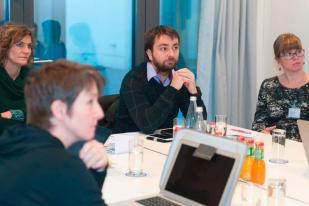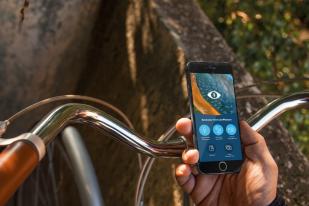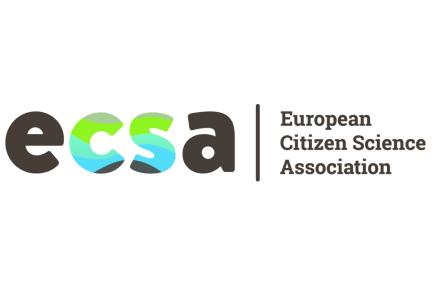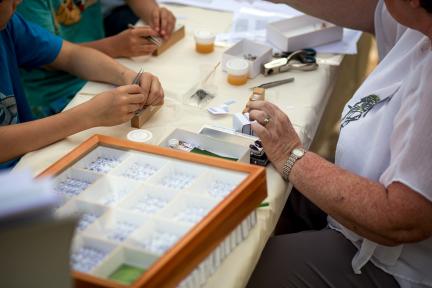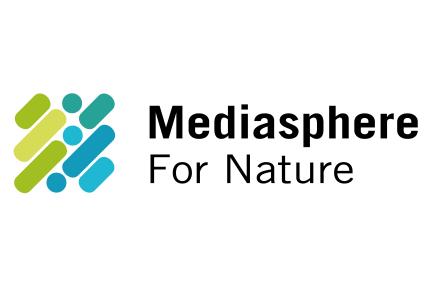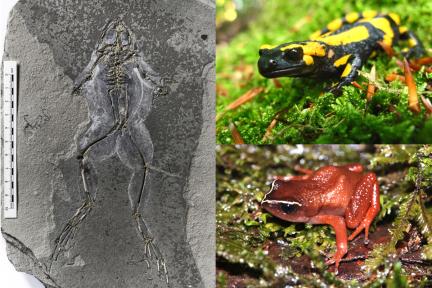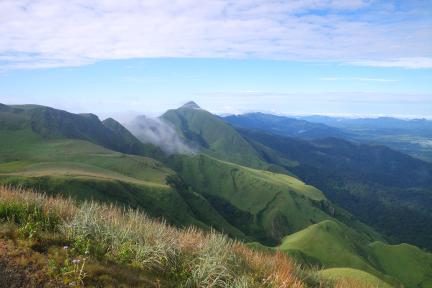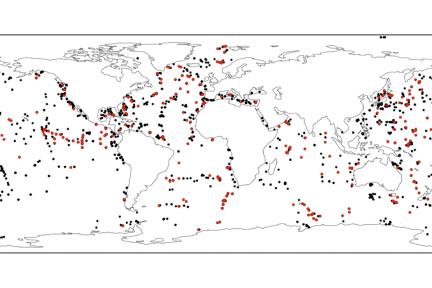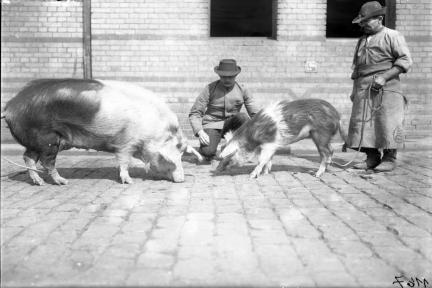Applying
The Museum für Naturkunde is aiming to become a thought leader in the field of citizen science. The Museum has been building a strong portfolio in citizen science, participation and public engagement in science. Jointly with Wissenschaft im Dialog, the Museum set up the German online platform for citizen science projects: Bürger schaffen Wissen (citizens create knowledge; https://www.buergerschaffenwissen.de/). The Website connects citizens with research, but Museum staff also act as advisors to project leaders. By the end of 2018, 116 projects were available online. However, the Museum does not only offer opportunities to engage with science, it also feeds this knowledge back into the scientific and policy communities. Thus, the Museum spearheaded the development of the German Greenbook / Strategy for Citizen Science. Johannes Vogel’s and Katrin Vohland’s election as the Executive Chairs of ECSA, the European Citizen Science Association, and Katrin Vohland chairing of the COST (European Cooperation in Science and Technology) action “Citizen science to promote creativity, scientific literacy, and innovation throughout Europe”, involving 38 countries, underscore the significance of the Museum’s role in the field of participatory and research and citizen science.
The Museum develops award-winning apps and encourages reuse of freely available collection data to promote the exploration of nature and engage citizens in innovation. The Museum developed the mobile application Naturblick, which allows the exploration of flora and fauna. It was developed in close collaboration with its specific user group, young 25 year old urbanites. In contrast to other apps, it can detect bird voices accurately. By the end of 2018, the app had been downloaded freely 126.000 times via the Google or Apple stores. Not only is this a showcase of digital environmental education, but it also demonstrates the potential of pattern recognition in species identification. The app has received awards from the German Sustainability Council and is a recommended project of the UN Decade of Biological Diversity. Joining forces with WikiMedia, OKF (Open Knowledge Foundation) and digis (The Research and Competence Center Digitalization Berlin), the Museum is one of the main supporters and data providers of Coding da Vinci hackathons. This event encourages creative use of diverse data and the creation of algorithms that can be developed further, including for scientific purposes. In 2018, the SnailSnap-App was created using Museum-datasets containing pictures of drawers from the snail collection. The algorithm underlying the app was trained to detect and cut out single shells, and to later rearrange them into a selfie. The app won the award for best design, was invited to be exhibited (integrated into a photo booth) on board of the MS Wissenschaft, the BMBF’s science centre on a ship in 2019.
Industrial partners seek out the Museum’s technological and scientific expertise combined with access to a large and diverse audience to test high-tech equipment. As part of the T. rex Tristan Otto exhibit, the Museum initiated several cooperation, e.g. with the Berlin start-up shoutrLabs. They, with the advice of Museum scientists, brought Tristan back to life with Augmented Reality and this collaboration featured at CeBit, the largest trade fair for innovation and digitisation. The technology group Toshiba tested the latest CT technology on T. rex bones in a cooperation that also involved the Berlin Charité. In 2018, the Museum started a collaboration with YXLON International, producer of industrial x-ray and CT inspection systems. While the company provides a high performance YXLON FF35 CT with dual tube system for one year, the Museum scientists test the technology and its usability for natural history collections and help to optimise the equipment. Mediasphere for Nature, the Museum’s application lab, alone established cooperation with 20 industrial partners in less than three years.
The new public engagement Experimentierfeld within our exhibitions: a decisive next step to open the Museum and create more public synergies between science, infrastructure and transfer. This newly established experimental public engagement laboratory (Experimentierfeld) is an open space explicitly dedicated to experimenting with opening of science and research processes as well as trialling new formats of visitor engagement. It will also be a space for cooperation partners. Many of the Museum’s science and processes are hidden from view, and we needed to create a public space to show that the ‘Museum is working’. The process of creating the design had two elements, a) learning from other spaces and b) a co-design process with Museum staff and visitors. The design concept breaks new ground: the rooms are inspired by a kitchen and living room to lower barriers for entry through the appearance of ‘familiarity’. With the experimental field, the Museum wants to look beyond transfer, open itself up to different opinions, strives to more directly engage with feedback of target audiences in the future, give room for observational / meta studies on public engagement and thereby endeavours to strengthen the self-reflective capacity of the Museum.
